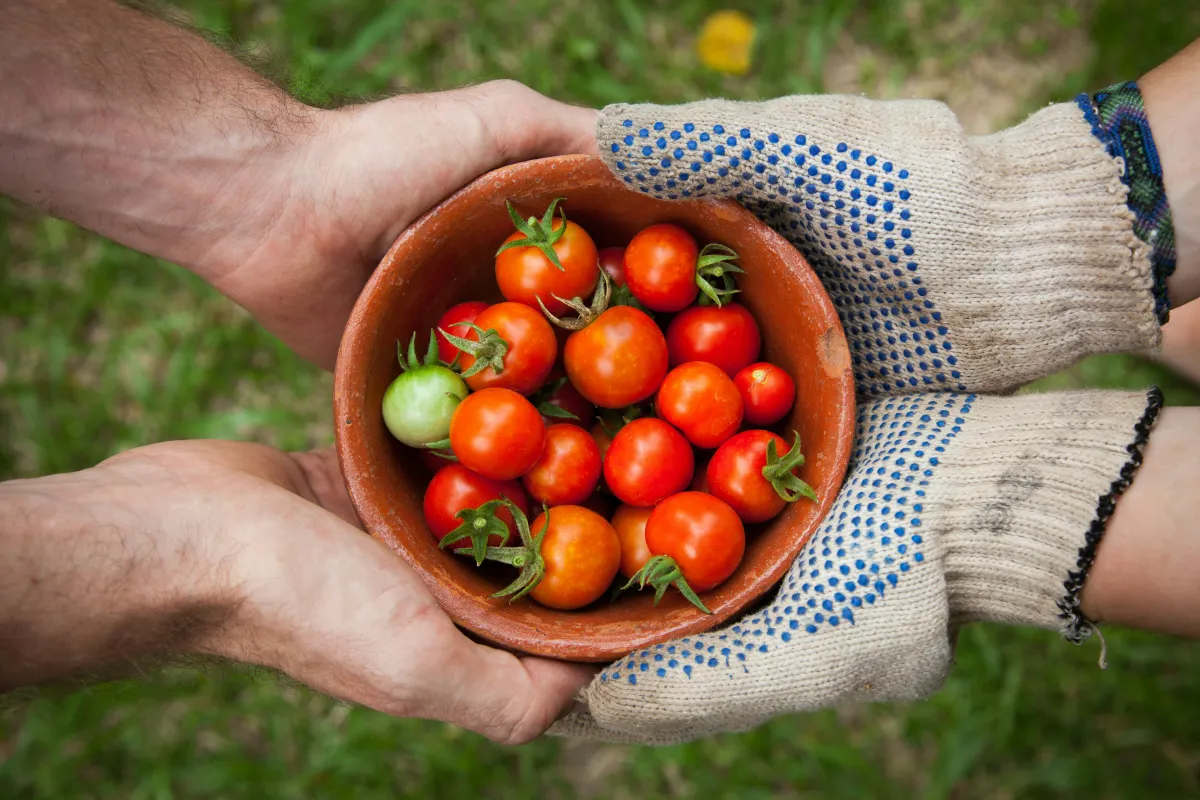From Farm to Table: Capitalizing on the Growing Trend of Homesteading and Organic Cooking Niches
The trend of homesteading and organic cooking has taken center stage. These niches offer a unique blend of sustainability, wellness, and culinary adventure, making them ripe for exploration in the digital content space.

Key Takeaways:
- Identifying your unique perspective in the homesteading and organic cooking niches is essential for standing out in a crowded market.
- High-quality, informative content that provides real value will help attract and retain a dedicated audience, leading to channel growth.
- Leveraging digital tools, including video editing software and SEO tools, can significantly enhance your content creation and audience engagement.
The trend of homesteading and organic cooking has surged in popularity, offering a combination of sustainability, wellness, and culinary adventure.
More people are embracing self-sufficiency, even in urban environments, where urban homesteading is gaining traction. Contrary to popular belief, you don't need large plots of land to adopt the homesteading lifestyle.
Step 1: Define Your Unique Angle
Start by identifying what aspect of homesteading or organic cooking excites you the most. Is it garden-to-table recipes, sustainable living tips, urban farming, or preserving and fermenting food? Define a clear niche, as this will help you resonate with a specific audience.
Step 2: Research and Validate Your Niche
Research content trends using tools like Google Trends and YouTube’s search suggest feature. Look for content gaps in your niche and evaluate competitors to ensure your content offers something fresh and valuable.
Step 3: Plan Your Content
Successful YouTube channels require a mix of content types, including tutorials, vlogs, and educational videos. Create a content calendar to stay organized, and consider incorporating storytelling to make your content more relatable. Whether you're showcasing your garden or cooking a recipe, share the challenges and joys of your journey.
Step 4: Create Your Content
- Equipment: Invest in quality gear to improve video clarity. Good cameras, microphones, and tripods ensure a professional look, even for small-scale creators.
- Filming: Focus on close-ups when demonstrating cooking or homesteading techniques. For example, show the vibrant colors of organic produce or the step-by-step process of gardening. Use multiple angles to make the content dynamic.
- Editing: Enhance your videos with editing software like iMovie or Adobe Premiere Pro. Captions and transitions keep viewers engaged while maintaining clarity in instructions.
Step 5: Optimize Your Videos for YouTube
Use targeted keywords like "homesteading tips," "urban farming," and "organic cooking recipes" in video titles, descriptions, and tags. Optimize thumbnails with relevant images and bold text to increase click-through rates. SEO plays a crucial role in getting your videos discovered, so make sure your metadata is aligned with what your audience is searching for.
Step 6: Establish a Publishing Schedule
Consistency is key to maintaining audience engagement. Whether you post once a week or bi-weekly, stick to a regular schedule. Frequent uploads help improve your standing with YouTube's algorithm, boosting your channel's visibility.
Step 7: Foster Your Community
Engage directly with your audience by responding to comments, hosting live Q&A sessions, and creating content based on their feedback. Encourage interaction by asking questions in your videos or involving viewers in content decisions.
Step 8: Promote Your Channel
Take advantage of social media platforms like Instagram, Twitter, and Pinterest to share your content. Online communities and forums dedicated to homesteading and organic cooking can be excellent places to promote your YouTube channel. Collaborating with other creators in similar niches can also expand your audience.
Step 9: Monitor and Adapt
Use YouTube Analytics to track your performance and understand your audience’s preferences. Metrics such as watch time, engagement rates, and subscriber growth will give you insights into what content resonates most with viewers.
Step 10: Evolve with Your Audience
Homesteading and organic cooking are constantly evolving niches. Stay informed about new trends, recipes, and sustainability practices. Keeping your content fresh and relevant ensures your audience remains engaged over the long term.
Essential Tools for Homesteading and Organic Cooking Content Creators:
- Canva: A user-friendly tool for creating thumbnails, social media posts, and banners.
- Pros: Easy-to-use interface with numerous templates.
- Cons: Some premium features require a paid subscription.
- Adobe Premiere Pro: Advanced video editing software perfect for creating polished, professional videos.
- Pros: Extensive features and editing capabilities.
- Cons: Steep learning curve and subscription-based pricing.
- Lightworks: A free editing software offering professional features for content creators.
- Pros: Ideal for beginners; includes basic editing features.
- Cons: Free version limits output options and formats.
For more homesteading tips, check out this blog by HomeBiogas.
FAQ
Q: How can I stand out in the homesteading and organic cooking niche?
A: Find what makes your journey unique. Whether it’s a focus on urban farming, specific regional recipes, or sustainable kitchen practices, bringing your own personality and passion into the content is key.
Q: Do I need a large garden or farm to start a homesteading channel?
A: No! Urban homesteading is a growing trend, and many viewers are looking for ways to implement sustainable practices in smaller spaces.
Q: What are the monetization opportunities for a homesteading or organic cooking channel?
A: You can monetize through YouTube’s Partner Program, affiliate marketing, sponsored content, selling merchandise, and offering online workshops or eBooks related to your niche.
Q: How important is high-end equipment for YouTube?
A: While high-end gear can enhance the quality of your content, many successful creators start with just a smartphone and natural lighting. Focus on providing value and engaging content first.
Learn how to boost your YouTube views by capitalizing on key moments in our guide on effective promotion.
Vimerse is a video editing agency for content creators and marketing agencies. We offer fast video editing at a price you'll love. We edit videos for YouTubers & Tiktokers with 10M+ subscribers. Get the best video editing services and grow your channel.


